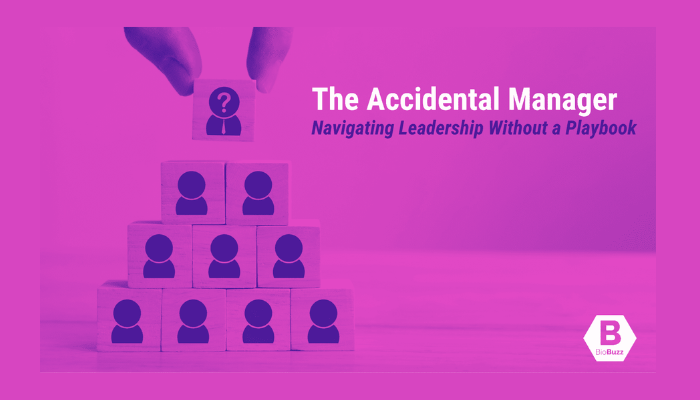Organizational Growing Pains: The Good, the Bad, and the Ugly
Growth is good, but it’s not always easy and the same tricks you used before don’t always work.
Throughout my career in HR, I’ve been part of several organizations that had rapid growth and experienced a great deal of growing pains and, in some cases, turnover.
Whether the growth is due to a recent successful IPO, approved drug by the FDA, new clients, investors and/or increased need for a particular product or service, the pain is real!
What do I mean when I say growing pains?
Growing pains are defined as the problems encountered when an organization has not been fully successful in developing its internal “infrastructure” to the extent necessary to support its size (measured in revenues or budget) and/or rate of growth.
Although “growing pains” are very common, they represent an early warning signal for the management of impending difficulties and even the potential risk of failure.
A lot of growth-stage companies are “building the plane as they fly it.” A few indicators that you are growing too fast include: People quitting, gossiping, feeling frustrated, working long hours, and lack of production/meeting deadlines.
There are so many examples of things that contribute to growing pains. I would like to highlight a few that I believe are critical to work through to ensure the success and buy-in of your teams.
Poor Communication
Communication is key and, in my opinion, is the most critical of all! As your workforce grows, it becomes that much more important to keep your entire company in the loop when you’re making announcements about changes that affect the organization. This will have to become a consistent and normal mechanism for your company culture to evolve.
The methods of communication in today’s world are endless.
Fostering a culture of open and honest communication will help you avoid silos growing in your organization as well as the toxicity and gossip that can saturate work teams.
Be transparent about the vision and the reason for the growth. Find ways to build cross-functional collaboration. Never stop doing this.
Unclear Goals, Values and Priorities
Standardize your onboarding process. Each new employee should experience the same introduction to the company and stay aligned on the mission and expectations as they grow. If your employees don’t know your company values, they don’t understand the work they’re doing, and this can change your business trajectory.
When you have company goals, department goals and employee goals, each employee should see how the work they do influences the outcome of the company. This helps everyone have a purpose in their work and understand how they impact and support the priorities. Goals are also a helpful tool in sustaining accountability and making sure each employee’s performance can be measured.
Reiterate the company values in both internal and external communications. Communicate often and address any confusion.
Misaligned Management
Not every manager works the same way, and when management styles clash, business suffers.
It’s important to allow everyone to have their own management style, but you want to make sure these styles do not contradict each other. Harmony and alignment always start in the C-suite. Leaders should carefully develop a strong company culture with a clearly defined set of core values that are integrated into the organization at all levels. Then, leaders must demonstrate them in everything they do and use the core values in the hiring process to ensure they bring on team members who will bring not only competency but also harmony and a shared vision to the company.
Lack of Structure and Systems
A lack of process is a sign that the company has outgrown its current state. Growth demands structure. It’s much easier to stay ahead of issues when you have systems in place. When you create and document your processes, it helps everyone stay on the same page.
Many businesses make the mistake of thinking they can wait to build systems until they need them. By the time you need the systems, it’s too late to build them!
Hiring People Who aren’t the Right Fit
As part of your growing organization, you want to make sure you hire the “right” people. As you are interviewing candidates and looking for the necessary KSA’s to perform the job, you also want to vet your candidates to the point where they not only understand the mission of your business, but that they will embrace and sustain it, and that they have the skills it will take to keep the company afloat and act in its best interest.
To avoid the high costs of unnecessary turnover, make sure you work with key leadership to develop a hiring plan, determine the unmet need the position will fill, and how filling it will enable your company to meet its goals.


